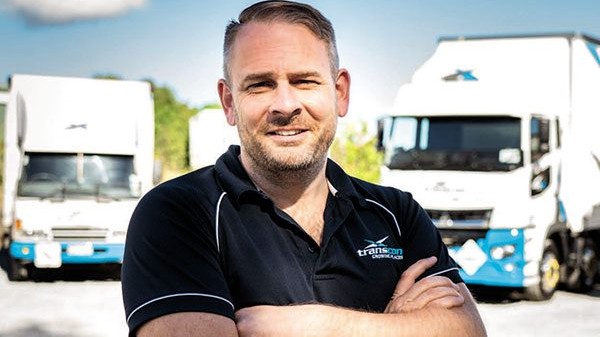Whether we like it or not, we all work in the recruitment industry

In last month’s column, I acknowledged the phenomenal industry of which we’re all fortunate to be a part. I also pointed out that we’re often the last to recognise the contribution our collective efforts make to our communities and country. Now, I ask this: Are we truly doing all we can to portray ourselves in the best light and sell the opportunity of joining our industry to new entrants?
It’s near-impossible to open a daily newspaper without spying a headline referencing a vast and varied array of industry groups crying foul about labour shortages. We in the road transport sector may have a driver shortage (and I sense this issue goes back a very long time), but every industry is currently in the same boat, and every potential candidate is fair game, as it were.
We must also understand that as much as advanced technology may get bandied about as a potential solution to some of the world’s labour supply challenges, we won’t soon see a robot safely and accurately navigating its way into the forest to pluck a load of logs, or deftly manoeuvring a unit into stockyards to load and unload a herd of unruly cattle.
Most will be aware of the considerable investment and the immense work done at an industry level via Transporting New Zealand and the Road to Success transport cadet programme, an initiative developed to create a structured pathway for new entrants to the industry. I’m a big fan of what’s been put together and know first-hand the contribution many have made to bring the programme to life.
Rather than viewing Road to Success as the solution, however, I’d challenge the industry to consider the programme should instead be the catalyst for all operators to thoroughly assess what they’re doing to promote and attract new talent. There is immense competition for labour, so we’re kidding ourselves if we think that drawing the volume of new talent required can be successfully navigated solely at a central level. This is on all of us.
It may start with small and simple acts, such as ensuring a positive and inviting approach to how our teams, sites and fleets are projected to the community, opening up the opportunity for word-of- mouth and peer recommendations. It might be contacting the local high school and making a truck and driver available for career events. Perhaps it’s about a simple promotion on a community Facebook page of a local operation, giving people insight into the fun your trucks and drivers have?
Recently, I was fortunate enough to obtain some national media exposure for a cadetship our operation runs. The enquiry that ensued blew me away – not ust the overall volume of applicants in what is supposedly a depressed labour market, but the make-up and background of these potential new industry entrants and their rationale for getting in touch. I was inundated with people mid-career elsewhere, who’d always harboured more than a passing affection for road transport and the idea of driving a heavy vehicle for a living, some of whom already had licenses. Their biggest challenge previously? Not actually knowing how to enter the industry – the mere promotion of such an opportunity had been enough to entice them into putting their hat in the ring.
Furthermore, the enquiries I fielded weren’t from individuals looking for some 30-hour-a-week hybrid work arrangement, seeking adequate time in their day to integrate their yoga and herbal tea rituals. It came from people wanting to work, not scared of the hours that come with the industry, and looking to get into a role that would provide them with the tangible reward of achieving something physical every day.
The candidates exist – we must ask ourselves if we are collectively doing everything we can to make the entry door to road transport look as big and inviting as possible. Are we really rolling out the carpet to greet those people knocking on the door? Or will we let other industries craft a better entrance?


